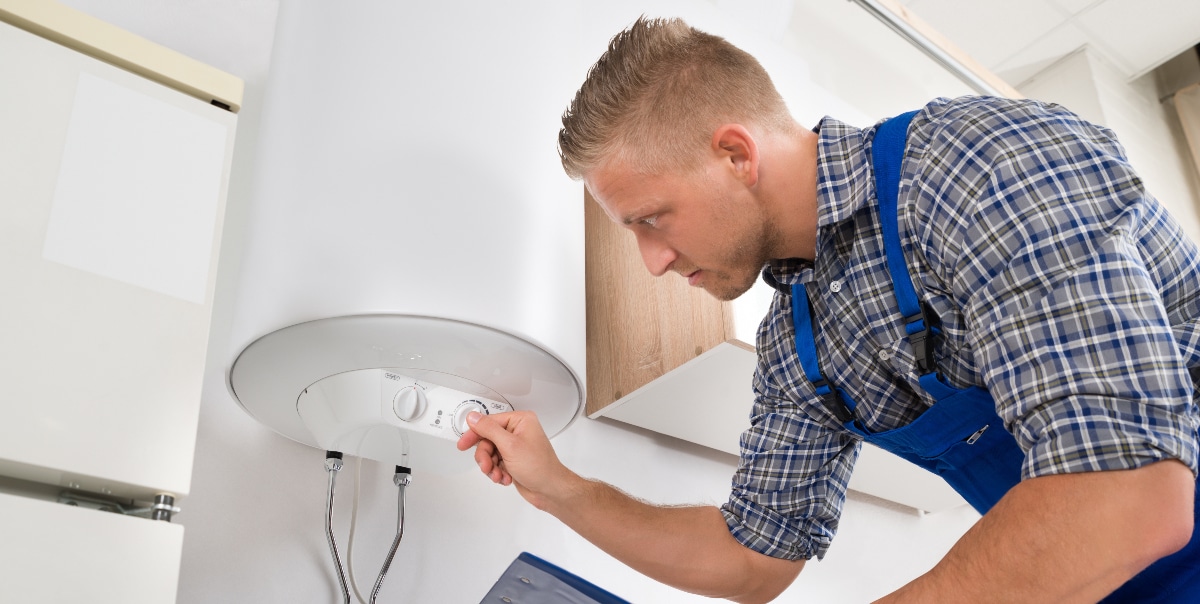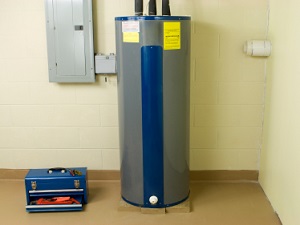Caring for Your Home's Hot Water System: Key TipsUseful Techniques for Caring for Your Home's Hot Water System
Caring for Your Home's Hot Water System: Key TipsUseful Techniques for Caring for Your Home's Hot Water System
Blog Article
They are making a few good pointers about How to Maintain a Hot Water Heater in a Few Simple Steps overall in this great article down below.

Warm water is vital for daily convenience, whether it's for a rejuvenating shower or washing recipes. To ensure your hot water system runs successfully and lasts much longer, routine maintenance is vital. This short article provides useful suggestions and understandings on exactly how to keep your home's hot water system to avoid interruptions and costly repair services.
Introduction
Keeping your home's hot water system could seem overwhelming, however with a few easy actions, you can ensure it runs efficiently for many years ahead. This guide covers whatever from recognizing your warm water system to DIY upkeep pointers and understanding when to contact specialist help.
Value of Preserving Your Warm Water System
Regular maintenance not only extends the life expectancy of your warm water system but likewise guarantees it runs successfully. Neglecting upkeep can result in reduced performance, higher energy expenses, and even early failing of the system.
Signs Your Warm Water System Needs Maintenance
Recognizing when your warm water system requires interest can avoid major issues. Watch out for indications such as inconsistent water temperature, odd sounds from the heater, or corroded water.
Understanding Your Warm Water System
Before diving right into upkeep tasks, it's useful to understand the basic elements of your hot water system. Usually, this includes the water heater itself, pipelines, anode poles, and temperature level controls.
Monthly Maintenance Tasks
Regular monthly checks can help catch minor concerns prior to they escalate.
Flushing the Water Heater
Flushing your hot water heater gets rid of debris build-up, boosting performance and lengthening its life.
Monitoring and Changing Anode Rods
Anode poles prevent rust inside the storage tank. Checking and replacing them when broken is critical.
Evaluating and Readjusting Temperature Level Setups
Readjusting the temperature level settings makes certain optimal performance and safety and security.
Do It Yourself Tips for Upkeep
You can execute a number of upkeep tasks yourself to maintain your hot water system in top problem.
Checking for Leaks
On a regular basis examine pipes and connections for leaks, as these can lead to water damage and higher expenses.
Evaluating Stress Alleviation Valves
Checking the stress safety valve ensures it works properly and prevents too much stress build-up.
Shielding Pipes
Protecting hot water pipes decreases heat loss and can save energy.
When to Call a Professional
While do it yourself upkeep is beneficial, some concerns need specialist expertise.
Complex Concerns Calling For Specialist Assistance
Instances include major leaks, electric troubles, or if your hot water heater is continually underperforming.
Regular Expert Upkeep Conveniences
Professional maintenance can include extensive evaluations, tune-ups, and ensuring compliance with safety standards.
Conclusion
Regular maintenance of your home's hot water system is essential for performance, long life, and price financial savings. By following these ideas and understanding when to look for expert assistance, you can guarantee a reputable supply of hot water without unexpected disruptions.
How to Maintain an Instant Hot Water Heater
Before tinkering with your hot water heater, make sure that it’s not powered on. You also have to turn off the main circuit breaker and shut off the main gas line to prevent accidents. Also turn off the water valves connected to your unit to prevent water from flowing into and out of the appliance. 2. When you’re done, you have to detach the purge valves’ caps. These look like the letter “T” and are situated on either side of the water valves. Doing so will release any pressure that has accumulated inside the valves while at the same time avoid hot water from shooting out and burning your skin. 3. When the purge valves’ caps are removed, you have to connect your hosing lines to the valves. Your unit should have come with three hoses but if it didn’t, you can purchase these things from any hardware or home repair shops. You can also get them from retail stores that sell water heating systems. Read the user’s manual and follow it to complete this task properly. When the hosing lines are connected, open the purge port’s valves. 4. You should never use harsh chemical cleaners or solutions when cleaning your unit. Make use of white vinegar instead. It should be undiluted and you’ll probably use about 2 gallons. 5. Now flush your water heater. This task should probably take about 40 minutes. We can’t give you specific directions for this because the procedure is carried out depending on the type, model and brand of your heater. With that being said, refer to the user’s manual. 6. When you’re done draining the unit, you have to turn off the purge port valves again. Remove the hosing lines that you earlier installed on each of the water valves. Put the valve caps (purge port) back in their respective places and be very careful so as not to damage the rubber discs that are found inside these caps. 7. Now that everything’s back in place, check your user’s manual again to find out how to reactivate your water heating system. 8. Once it is working, turn one of your hot water faucets on just to let air pass through the heater’s water supply pipes. Leave the tap on until water flows smoothly out of it. https://www.orrplumbing.com/blog/2014/september/how-to-maintain-an-instant-hot-water-heater/

I am just very drawn to Tips on Maintaining a Water Heater and I hope you appreciated our post. Sharing is nice. You never know, you may very well be helping someone out. Thank-you for your time invested reading it.
Click Here To Read More Report this page